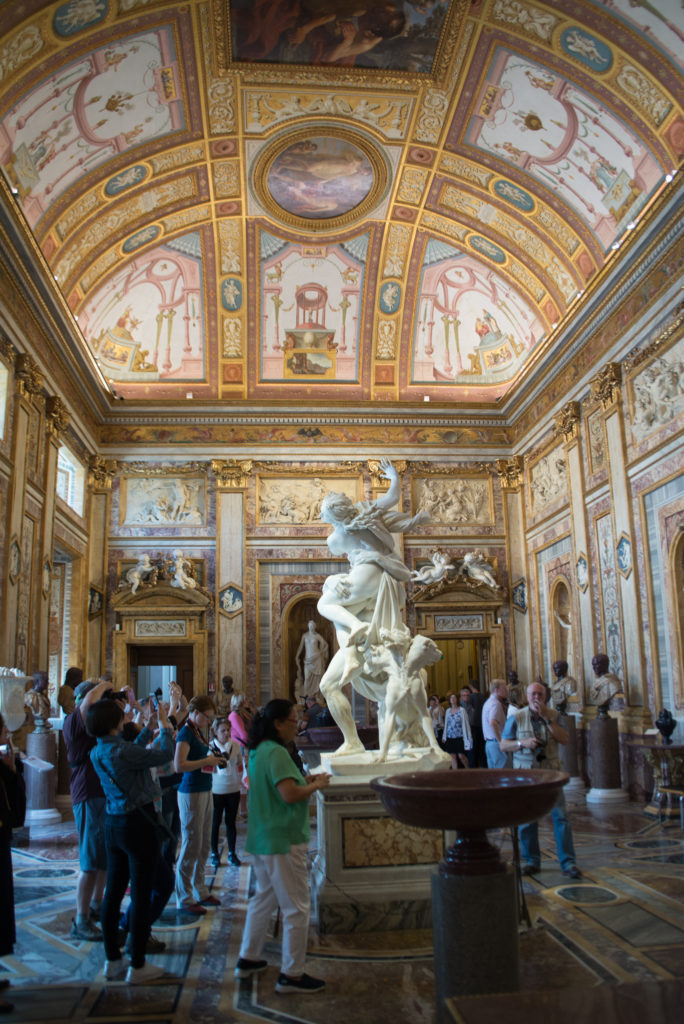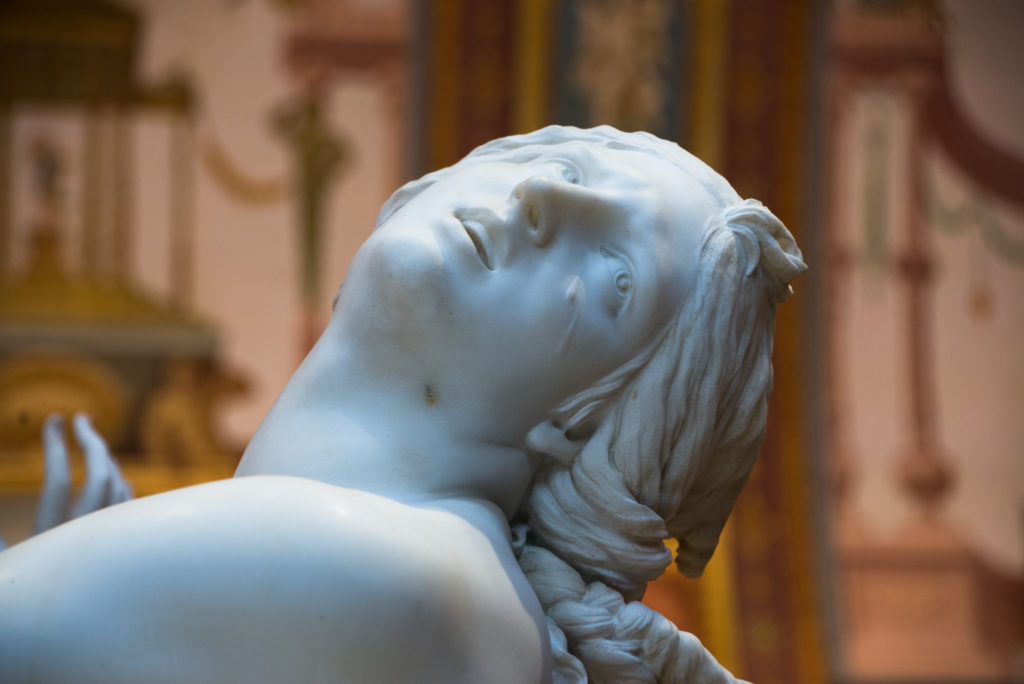
This month 500 years ago, the Augustinian monk Martin Luther published his 95 theses and thereby started the Protestant Reformation. He called for purification of the church, who in the run of the centuries had turned into a self-serving system of greed, nepotism and decadence. Christians should have faith in God and the Bible alone, Luther declared, and not in the army of angels and Saints, nor “immaculate” Mother Mary and least of all the Pope.
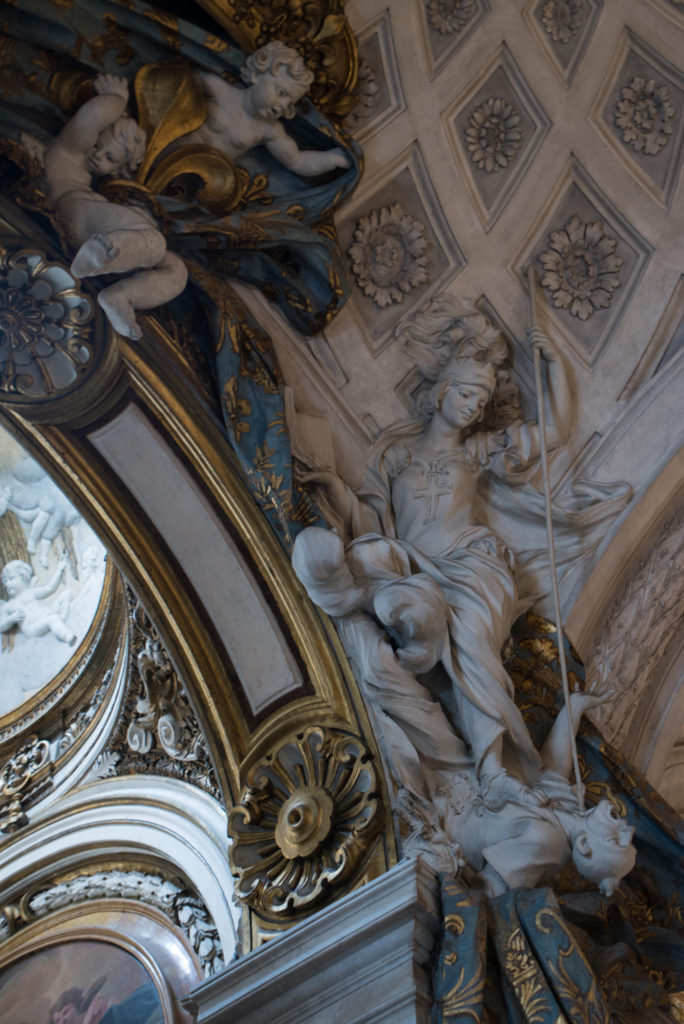
The Catholic Church stroke back: in arms (the bloodthirsty Thirty Year War broke loose) and arts. In a meticulously planned propaganda campaign (conspired at the Council of Trent 1543-63) they called for artists to flock to the eternal city and create buildings, paintings and sculptures that were so formidable and awe-inspiring they’d resurrect faith in Angels and Saints and Mother Mary, and most of all the Pope. But above all, they should instill fear of hell and punishment into an illiterate people. And so Baroque was born. Mesmerizing to this day.
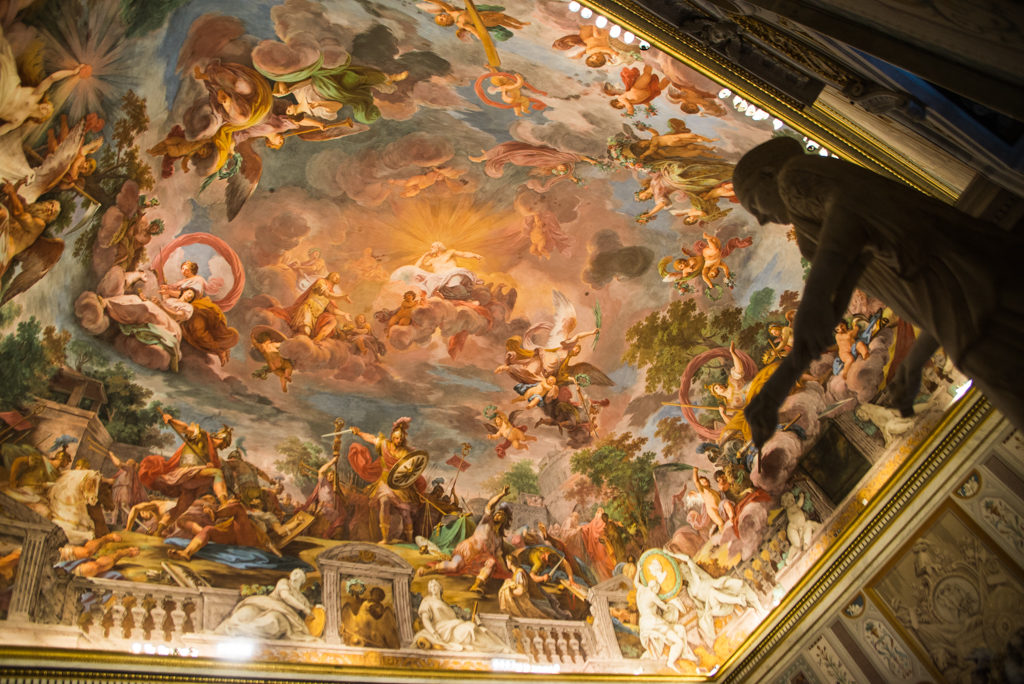
The world’s biggest church was built, St. Peter’s Basilica, in honor of the first Pope. Michelango was bullied into adorning the ceiling with formidable depictions of God’s grandezza. Michelangelo grumbled – he was a sculptor, not a painter, after all – but gave in.
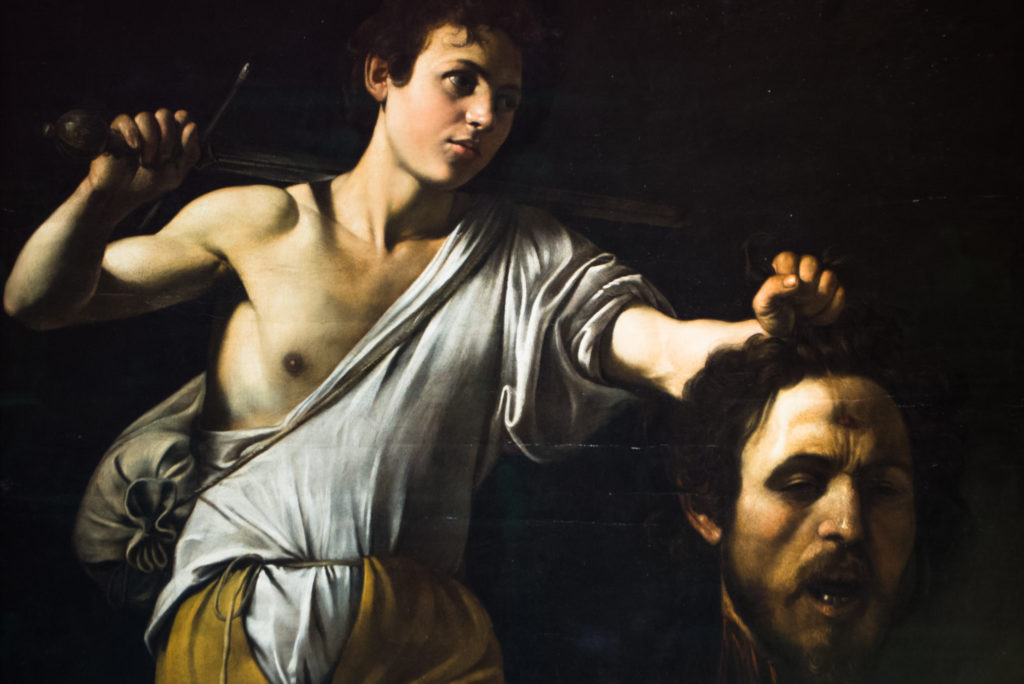
By the end of the 16th century, the Church found another Michelangelo, whose realistic and detailed depictions of beheadings and other pains very much satisfied their need for intimidation. On the downside, the guy was unpredictable and prone to outbursts of violence. Worse, he was a murderer. His name was Michelangelo Merisi, but he went by the name of Caravaggio.
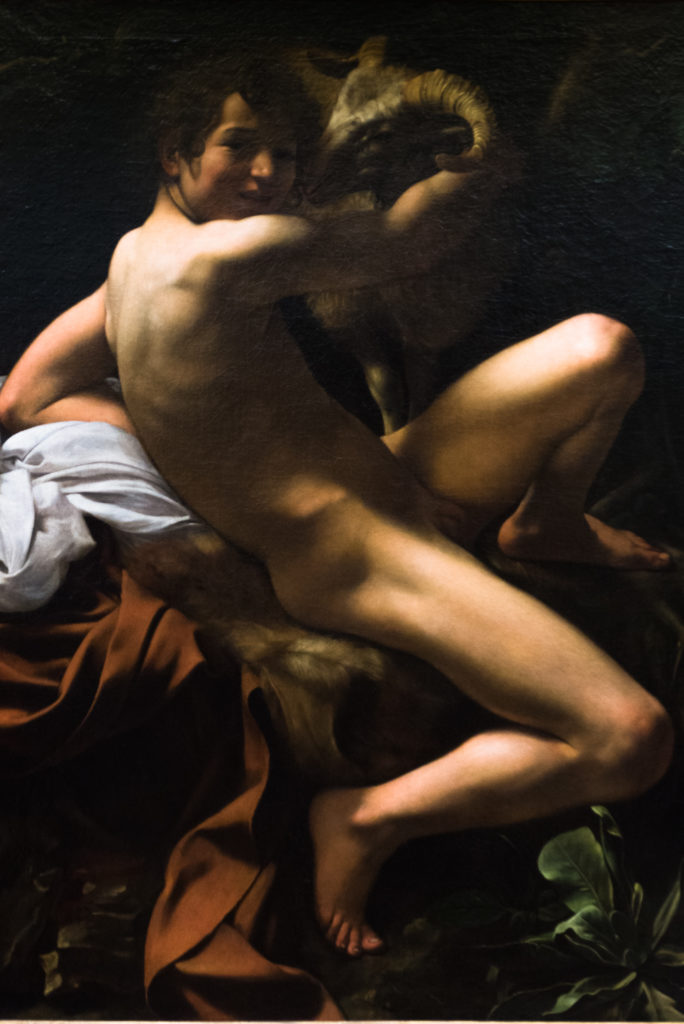
Caravaggio first rose to fame through extremely realistic depictions of delicious fruit baskets and boys. The Cardinals, whose predilection for youth was well known and documented (The insider account Il puttanismo Romano was published anonymously) went crazy for both the painter and his canvases. Caravaggio himself, however, was also leaning towards women. While he complied with the church’s demand to glorify Mother Mary, he did so by using full-busted, sensual courtesans as models, and not thin pale nuns. It was a problem with him – women in the Catholic Church of course had to be chaste. Raped, if anything, but not lascivious. Finally, they had him paint old men as dying Saints, paintings they could display in their chapels. The martyrs of St. Mathew and St. Peter were immediate block busters: The contrasts of light and dark, the depth of field, the intensity, the drama were breathtaking, and still are, 400 years later.
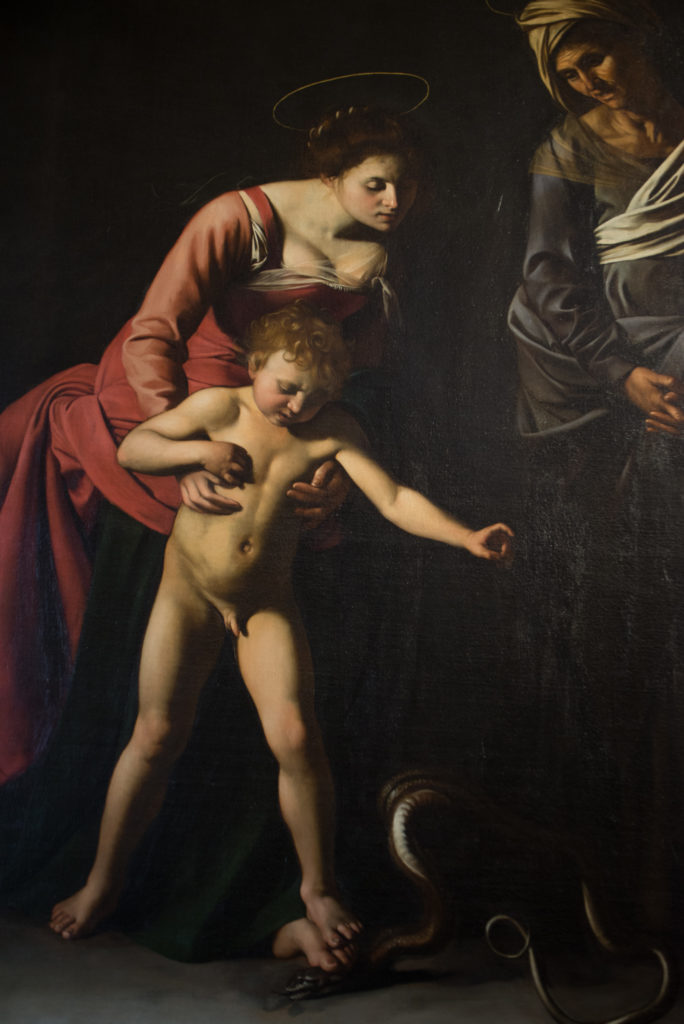
The council of Trent had outlawed any worldly pleasure. Dances and carnivals were forbidden, books banned and priests were asked to spy on their parishioners. (Easy, they had to confess anyway.)
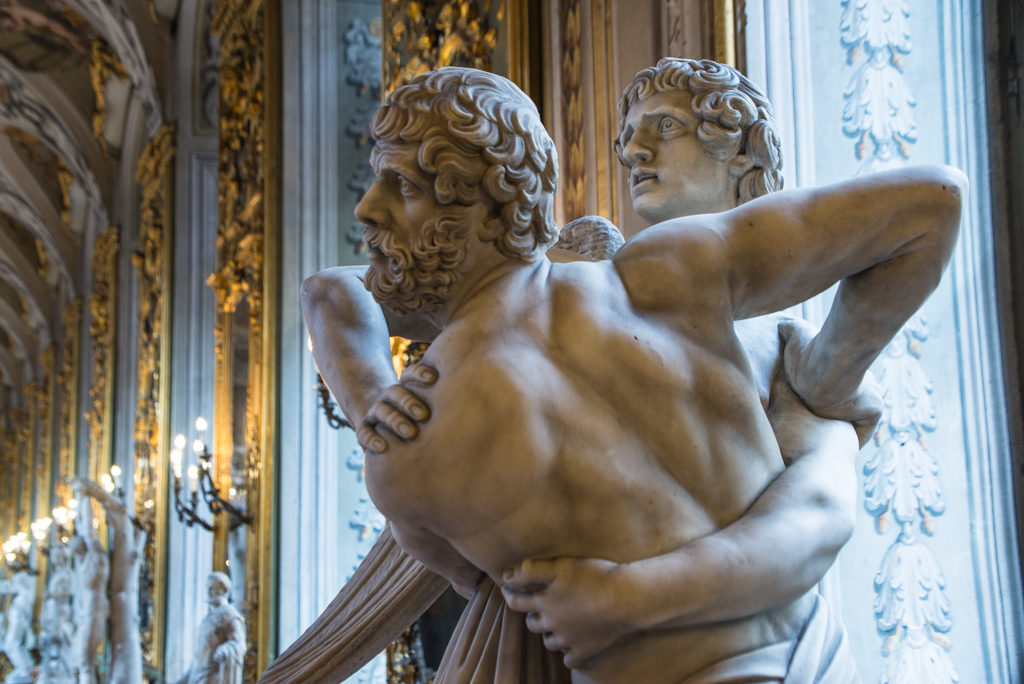
Art became a surrogate for bodily desires and should channel them into spirituality. Saints and martyrs were shown in the moment of rapture, in the throngs of ecstasy. Ex Stasis meant the experience of being taken outside of oneself, to where one catches a preview of heaven, the moment when one is united with the beloved, with God. A little Death, as it was later called. Or: orgasm.
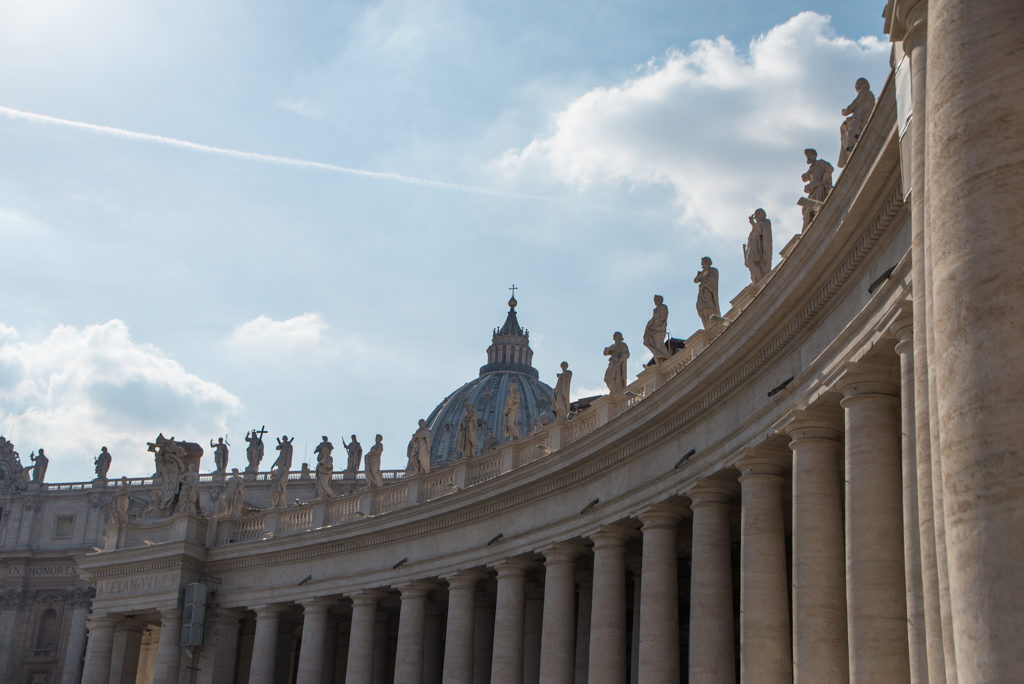
The church enlisted architects to turn the city into the shape of a star and sculptors Gianlorenzo Bernini, Francesco Borromini and Pietro da Cortona to beautify it with sculptures, fountains and staricases.
Pope Innocent X commissioned Bernini, whose sculptures were ummatched in expression and elegance, to design the famous Fountain of the four Rivers at Piazza Navona. The four rivers represented Rome also a colonial world power. Innocent X himself went down in history for his greediness – and for his even greedier sister-in-law and lover Pimpaccia. Pimpaccia was said to pull the strings behind Innocent. Their residence, Palazzo Doria Pamhilj, by coincidence at the Piazza Navona, is a vestige of their insatiable greed.
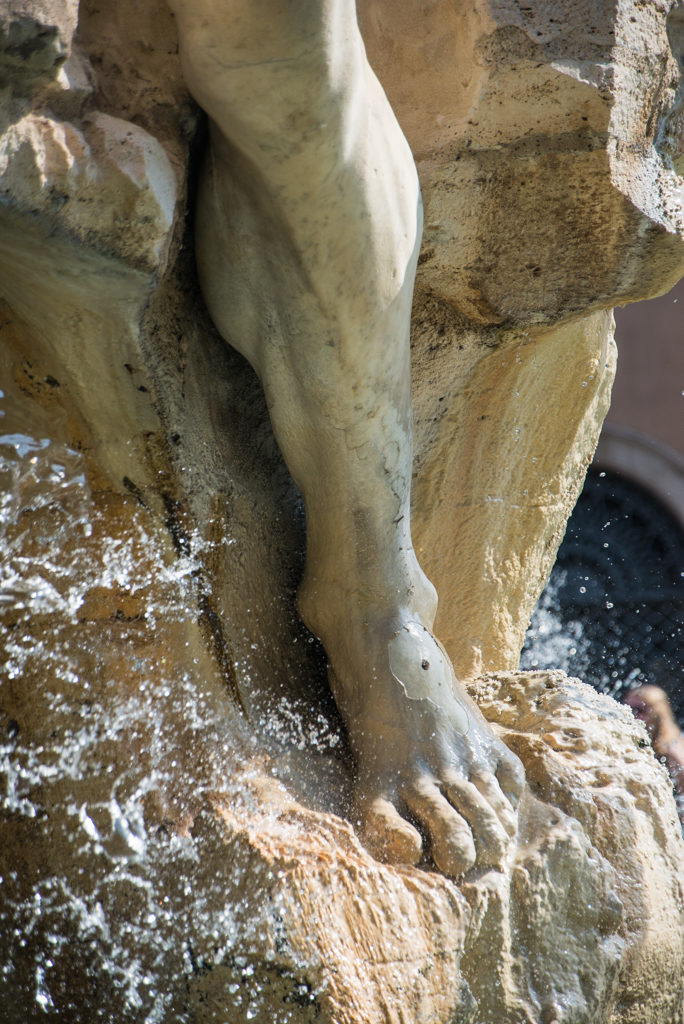
The fountain was of course constructed on public expense – during the great famine of 1646-48 – and not surprisingly it was not met with much enthusiasm by the starving people. Riots lay in the air. Under cover of the night, protesters stuck posters on the stone blocks, so called Pasquinades:
“We do not want obelisks and fountains. It is bread that we want. Bread, Bread, Bread!”
In a spirit of Christian compassion, Pope Innocent X had the protesters spied out and arrested.
The fountain was built, but Pope Innocent X met a terrible end. While he lay on his death bed in Palazzo Dori Pamphilj, Pimpaccia robbed all his money and fled the city. His agony lasted three days, three days of ecstasy for Innocent X, 200 years for Rome. Then, the era of Baroque was over.
